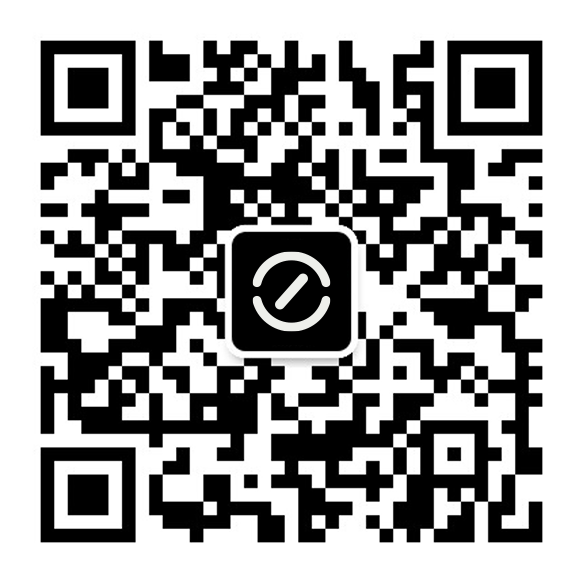A great sense of purpose
Whether you’re in it to build a robot or define what makes it safe, doing an industrial Ph.D. is a chance to make an impact. For Magnus, Adam, and Georg, Zenseact paves the way to that goal.
16 min read
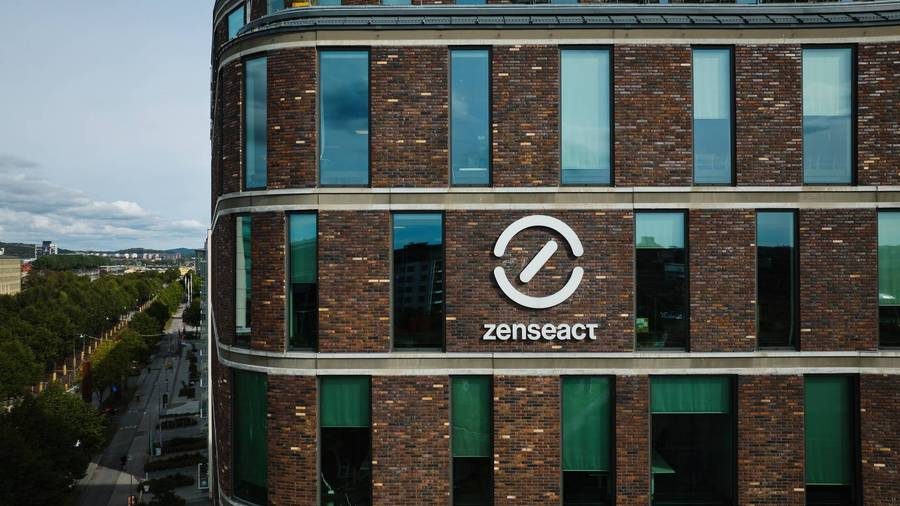
The sun casts a vivid glow on the waterfront as a packed morning ferry makes its way from Stenpiren to Lindholmen, the crown jewel of Swedish automotive research and technology. Onboard, a crowd of sleepy commuters are gearing up for a day in the office. It’s June 2018.
In the speckled sea of tech workers, a particular detail stands out. Half of the passengers sport the Zenuity logo on their backpacks, hats, and hoodies – each item a banner of belonging.
Magnus Gyllenhammar is on the ferry this morning, observing the branding bonanza with a special interest. He’s a graduate of the Master’s program Complex Adaptive Systems at Chalmers University of Technology, and he’s had his sights on Zenuity for some time. As an engineer already working with safety and autonomous vehicles, he’s quite familiar with the company – and the caliber of its people.
And he’s not the only one. Adam Tonderski is another engineer interested in complex matters. With a nearly identical academic background as Magnus, Adam also wants to be a part of Zenuity’s groundbreaking technology. He, too, is aware of the hype surrounding the company and the fast-evolving domain of autonomous driving. Having done his master’s thesis at Zenuity in Germany, he knows the company well. As we will see, Magnus’s and Adam’s interests diverge, but they have zeroed in on the same company.
So has Georg Hess. By now, a year or so has passed. The AD field has matured further, and Zenseact – a new tech entry with a name people struggle to pronounce – has replaced the Zenuity logo. Indeed, many things have changed during this relatively short time, but one thing remains the same: Zenseact, formerly known as Zenuity, is the place to be. Georg is not the type to leap at any random opportunity. He’s poised to contribute to the most cutting-edge data application currently making waves in the industry. He has made up his mind about where he wants to be – and why.
The researcher, the explorer, and the solutionist
Magnus is the first to get a foot in the door – but not as a Ph. D. student. His journey to an advanced degree starts, as it often does in an industry context, somewhere else entirely. Magnus begins working as a developer. He has trained for this, and his work is progressing nicely.
One thing bothers him, though. He doesn’t quite get the direction he needs. And even if that makes him feel somewhat lost at times, it turns out to be a blessing in disguise. This is how Magnus discovers areas he thinks need to be investigated more closely. This is what eventually leads him to pursue his deep dive.
“Coming in, I didn’t have a product owner, so I got a chance to run my own projects, finding avenues to explore that I thought were important. That’s when I realized we needed to know more. I quickly became involved in broad-ranging discussions with other colleagues about how we could prove the safety of our product.”
There’s a name for Magnus’s approach to safety – identifying a problem, looking at it more closely and systematically with the proper tools and methods, formalizing and documenting it, putting it in a scientific context, writing about it, and sharing it with like-minded folks. It’s called research.
And that’s Magnus’s path. He wants to make a safer product, and he’s acutely aware of the need for a robust theoretical framework that answers essential questions about safety definitions, assurances, verifications, and standards for cars that, generally speaking, are becoming increasingly automated.
Fortunately, he gets a chance to hook up with the right people – in the casually charming, sort of random manner that’s a little typical of Zenseact: Say, Magnus, weren’t you keen on doing a Ph.D.? After securing funding with Wallenberg AI, Autonomous Systems and Software Program (WASP), he starts his research journey.
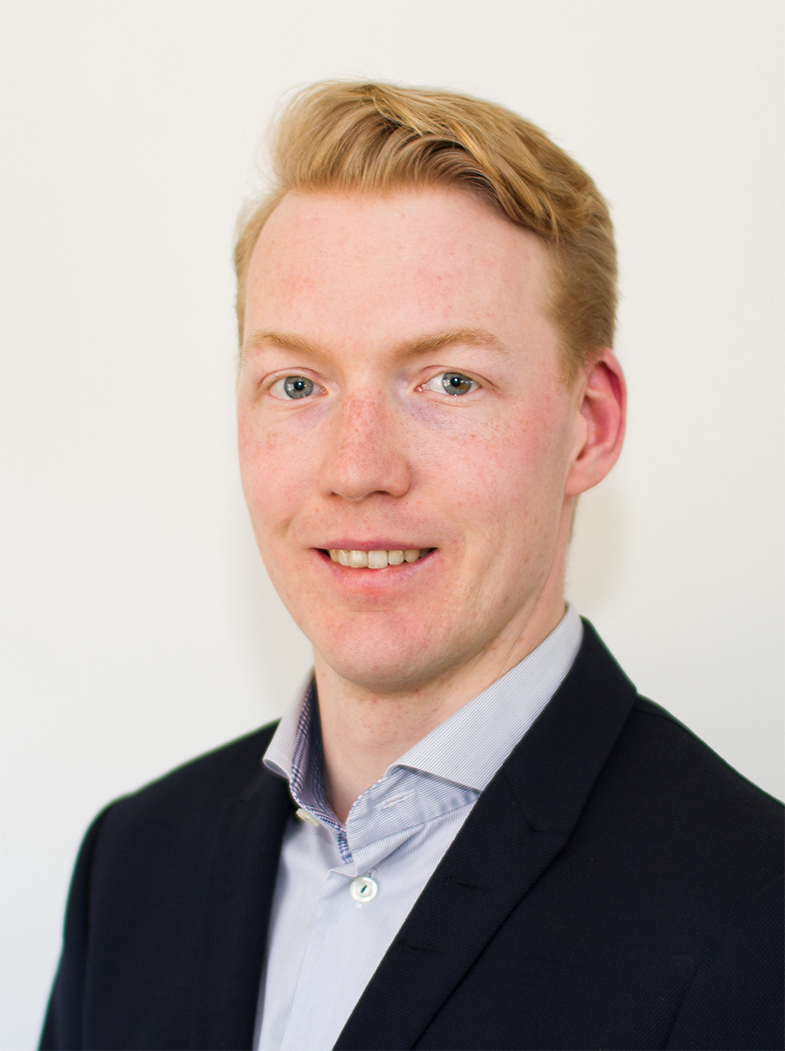
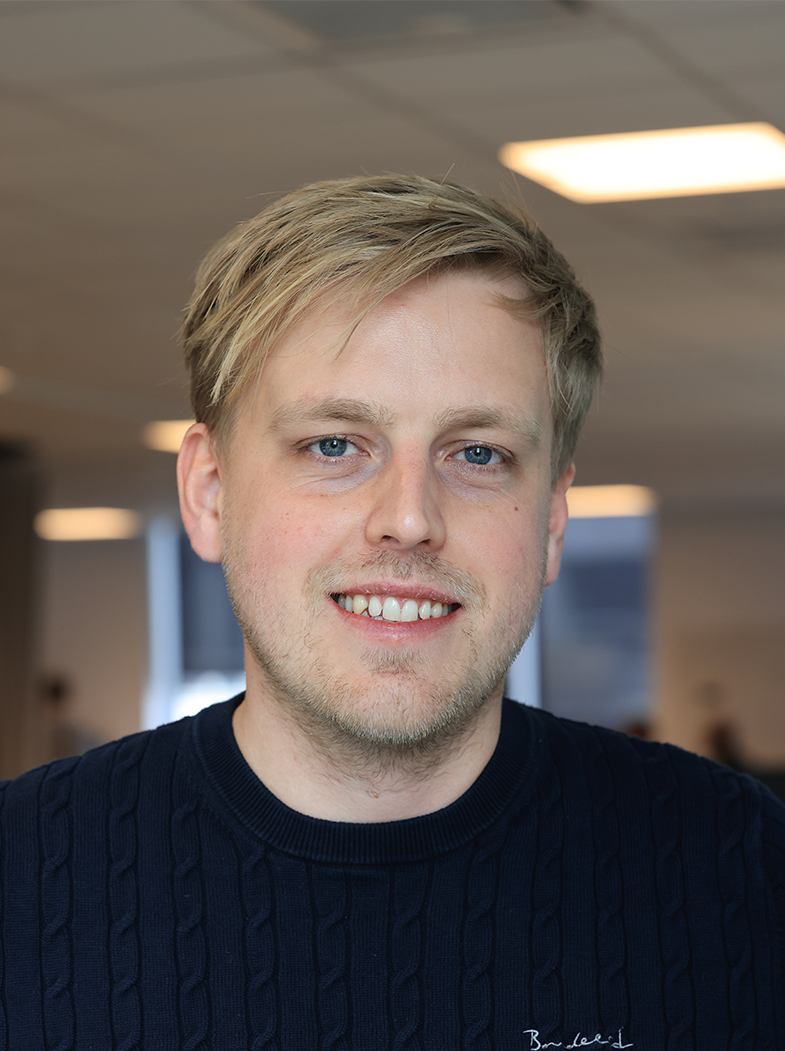
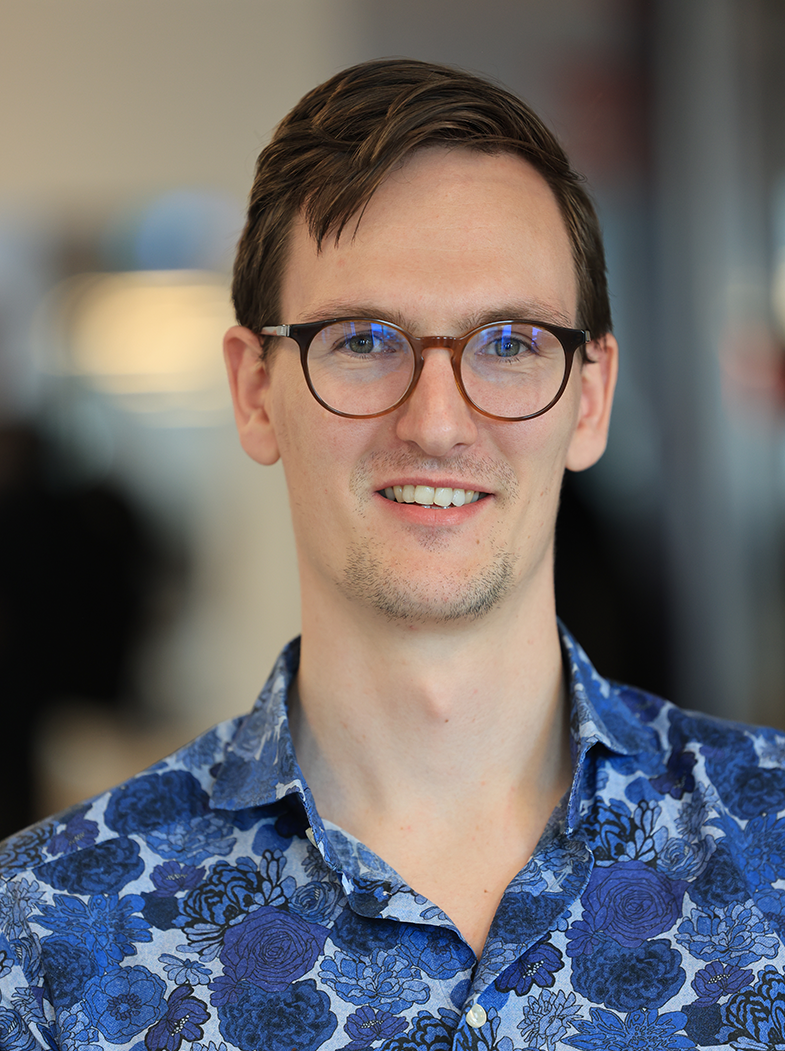
Adam has a different driving force. He, too, wants to explore. But if Magnus aims to add academic rigor to the field of vehicle automation safety, Adam’s in it to innovate. He wants to push the boundaries of deep learning. He wants to advance the frontier of a technology he’s put so much thought into.
Just like Magnus, Adam begins his Zenseact career as a developer. Still, he feels constantly drawn to new developments; something around the corner always begs to be investigated. At this point, however, Adam hasn’t expressed any explicit desire to do research.
“I wanted to develop the industry and the technology. To do that, I needed to be at the forefront. And what company could offer that right now…?”
Adam’s ambition to be involved in cutting-edge technology projects drives him to supervise master theses. This is a clever solution; since he can’t find the time to pursue all these wildly interesting ideas himself, he can monitor them.
This is what gets Adam started on his research path.
His formal knot with academia gets tied, just like it did with Magnus, more or less over a cup of coffee. Professor Christoffer Peterson at Zenseact has a research project in mind and an idea about how to fund it. However, to apply, he needs a Ph.D. student. The project is within deep learning, which is Adam’s playing field. So, when the opportunity presents itself, Adam kindly offers his services.
That’s not Georg’s story. And frankly, he’s the odd one out here. He didn’t do Complex Adaptive Systems! Instead, he got his master’s degree in Systems, Control, and Mechatronics (from Chalmers, just like Magnus and Adam). “Ah, it’s pretty much the same thing as CAS, but in Electro,” Georg adds. Furthermore, he liked doing research, and he was approached to be a Ph. D. before joining Zenseact. (Truth be told, he had applied for a job earlier, but fate had other plans.)
Georg’s research journey starts with a conversation with his master’s thesis supervisor, who asks him if he’s interested in doing an industrial Ph. D.
“I said, ‘Sure, why not’? So, my supervisor approached Zenseact with a research idea, and they jumped on it. And here I am. I’d already done all the tests, so the process was quick.”
And Georg is prepared. His master’s thesis was so successful that it sent him straight into a prestigious conference, something more likely to happen to a senior scholar. Moreover, while enrolled in the master’s program, Georg did a “little work on the side,” co-developing a self-driving three-wheeler – an autonomous Tuk-Tuk – with William Ljungbergh, another current Zenseact Ph.D. student. While that innovation might not be held to the same safety standards as the family Volvo, it sparked a genuine interest in the application of self-driving technology.
“Cars aren’t really my thing,“ Georg smiles. “But applied AI, robots, this thing with autonomous driving. I want to help solve it. It doesn’t get cooler or more challenging.”
Cultivating a pioneering mind
Magnus, Adam, and Georg agree on the opportunities offered as Ph.D. students. Doing an industrial doctorate often means spending a certain percentage of your time teaching or doing something else outside your research. All three are generously funded by WASP, and all three can focus 100 % on their research.
Well, almost. Georg, who does his Ph.D. at Chalmers University of Technology, spends 10 % of his time teaching, but he doesn’t seem to mind.
“Nah. I teach one class every year, the deep learning course. The first time was a little tough, but now I enjoy it. It’s rewarding.”
Being tied to Lund University, Adam still takes on the occasional master thesis, but not enough to burden his primary focus on research. With his doctorate at KTH Royal Institute of Technology, Magnus can put all his efforts into finishing his Ph.D.
This is sensible. Because doing a Ph.D. is hardly without challenges and struggles.
For one, there’s the double-edged sword-type problem: the freedom to pursue your research, the ambition to follow up on any lead, and the opportunity to participate in interesting projects can easily lead to exhaustion.
Magnus admits to having pursued too many projects and essentially finding too much stuff interesting. Doing research while working with patents – combining his Ph.D. studies with acting in the company’s direct interests – can be too much.
When you get worn out, whatever the reason (maybe you set your sights too high, maybe you bet on the wrong horse, maybe your personal life gets in the way), you need an environment that looks after you and offers genuine psychological safety. This is one of those times when an organization shows its true colors. Fortunately, Zenseact is well-equipped to handle the realities of a Ph.D.
The doctoral students have access to several resources, including a dedicated academic coach, Carl Lindberg, who checks in on them and provides helpful tips, aiming to help create a healthy work-life balance and reduce toxic stress. In addition, there’s a robust structure for occupational health care, flexible working hours, remote work, and work-from-home options.
Importantly, the supervisors understand what life is like for a Ph. D. student. A factor that can potentially lead to stress is the fluid nature of industrial research. Embarking on a long-term project in a field that changes more often than regular people shift tires might render previous results useless or even make a subject irrelevant almost overnight.
But! If you’re allowed to tweak and adjust, redefine your scope, and focus on what’s relevant and rewarding, the constantly shifting landscape is not a problem. At Zenseact, there’s a profound understanding of this need for flexibility. Magnus, Adam, and Georg have all ventured out of the earliest definitions of their projects to focus on what’s relevant (and avoid what’s not). All the while, the company has backed them 100 %.
“ ‘Look, this was my project. But the field has changed. We should do this instead. This field did not exist when we defined the project,’ “Adam says, reciting an old conversation with his supervisor. “And that was ok.”
Still, when asked if there’s anything they would have liked to do differently, they all agree that they should perhaps have narrowed their scope from the start. That’s the advice they want to give a fresh doctoral student. As Georg puts it, “Start with a safe win. Start with a project you know you can finish. Save the complicated stuff for later. Getting off to a good start is important.”
With a structure of double supervisors – one academic, one industrial –, an academic coach, and a friendly environment at Zenseact, Magnus, Adam, and Georg feel they get the support they need. Adam puts it quite straightforwardly, “Zenseact might actually be the best place in the world to do an industrial Ph.D. I mean that.”
Adam’s enthusiasm about his educational choice is logical, considering that his research subject and the environment at Zenseact match his university curriculum to a tee.
“I focused my course selection on deep learning, and that’s when this company caught my attention. If you want to pursue this field in Sweden, let alone Gothenburg, this is the place to be. There’s medical technology, too, for sure, but for me, there’s something about building a life-saving robot that has to deal with all the chaos we humans will throw at it in the real world.”
Expanding on the theme of a fulfilling work environment, Magnus describes the unique academic-industry hybrid role he has found.
“It’s like having the best of both worlds: I can engage in research, but it’s connected to industry and product development. That gives me a great sense of purpose. In addition to the invaluable perspectives provided by my academic supervisor, I’ve probably leaned more on the network of experts I have access to here.”
Unlike traditional disciplines like mathematics or physics, deep learning as an academic research field is in its infancy. Thus, the support the students get from their industry supervisor is often more insightful regarding technology or business/industry/market-related issues. In contrast, as Magnus points out, the academic supervisor brings critical perspectives and contexts from a broader scientific point of view.
In concluding the discussion on what makes Zenseact a welcoming and productive environment, Adam and Georg also stress the company’s size and culture. Magnus concurs.
“I couldn’t agree more. The intimate, familiar atmosphere is very appealing. There’s this strong sense of community and belonging, and I appreciate that. We have a strong safety culture here. In every sense of the word.”
A win-win-win
Our trio agrees that Zenseact is a great place to be doing your Ph.D., but not just because of its supportive culture, stimulating environment, and highly skilled and helpful colleagues. Importantly – and this is, of course, the core of being an industrial Ph.D. – you can see your work making a difference.
Not only can you contribute to the advancement of an industrial field, but you can add to academic robustness and depth – while helping your company make a better product. Magnus, Adam, and Georg all feel they contribute to their field, to academia, and to the company’s product or research development.
For Adam and Georg, one direct, recent contribution was co-writing a paper with another Zenseact Ph. D. student, Carl Lindström, arguing for a new method for creating images from different viewpoints in constantly changing environments for autonomous driving applications. Their method, straightforward in design and able to incorporate various sensor technologies, proved so successful it caught the attention of a development team, who decided to integrate the paper’s findings into their technology stack, conducted demos, and performed tests.
“It just felt completely right,” Adam reflects, indicating a strong sense of accomplishment and validation for their work. “It felt like we were at the forefront at that moment, perfectly aligned with the cutting edge.”
Moreover, in early 2024, Zenseact had four papers accepted at arguably the world’s most prestigious conference on computer vision, which will take place in Seattle this June. Georg is the co-author of two papers, and Adam contributed to one. That’s just one of several achievements testifying to the importance of the student’s contribution to Zenseact and the advancement of autonomous driving.
Magnus’ ambition has been to structure informal concepts into a scientifically robust framework, emphasizing the importance of research in contributing to more extensive safety conversations.
“I gathered ideas being discussed informally and saw the need to compile and present them as a framework in a scientific context – as seen in my first two papers. I believed in this framework and wanted to formalize it.”
He also feels he has contributed, clarifying the scope of his work: “Unlike Adam and Georg’s work, my subject isn’t as directly related to product development. It’s more about contributing to the ongoing discussion on safety and articulating what we’re trying to achieve.”
In short, Adam and Georg are in it to build a robot. Magnus is here to make sure it’s safe. That’s pretty much Zenseact in a nutshell.
A rewarding journey coming to an end
Embracing an industrial Ph.D. program is a leap of faith. It’s a collaboration built on trust that Zenseact places in visionaries like Magnus, Adam, and Georg. This opportunity is their platform to impact real-world tech frontiers.
Many things make Zenseact an ideal research environment and a stimulating workplace for a Ph. D.: the company’s position at the forefront of technology, the density of experts, the close ties to academia and other research-heavy institutions, and the industry collaborations.
For Magnus, being a Ph.D. candidate has afforded him two significant advantages. Firstly, it has allowed him the time to think and explore patent ideas in ways his colleagues who are closer to product development might not have.
Secondly, he’s established a productive cycle in his work: “As I’ve delved into new subjects, publications, and fields, I’ve gained fresh perspectives and inputs. This has enabled me to make novel connections that could lead to a patentable idea.”
All three agree that they’ve been in an optimal position to better understand the technology, the product, and the company. This holistic understanding, which takes time to develop and is more challenging to acquire from either a purely research-focused position or as a developer, is invaluable.
But all good things must come to an end.
Adam, Magnus, and Georg are all set to defend their theses next year. After that, who knows what the future brings?
Adam, Magnus, and Georg are all set to defend their theses next year. After that, who knows what the future brings? Will they do postdocs? Will they take on tailor-made roles at Zenseact to contribute to its safety mission? Or will they meet the future elsewhere?
What’s certain is that Zenseact has grown – in more ways than one – ever since Magnus, Adam, and Georg took that ferry. Their contributions are essential to the company’s growing reputation as a dominating force in the software-defined safety space – and an advanced research hub on the frontier of automotive technology.
It’s not Zenuity anymore; it’s Zenseact. And the second e is silent.
